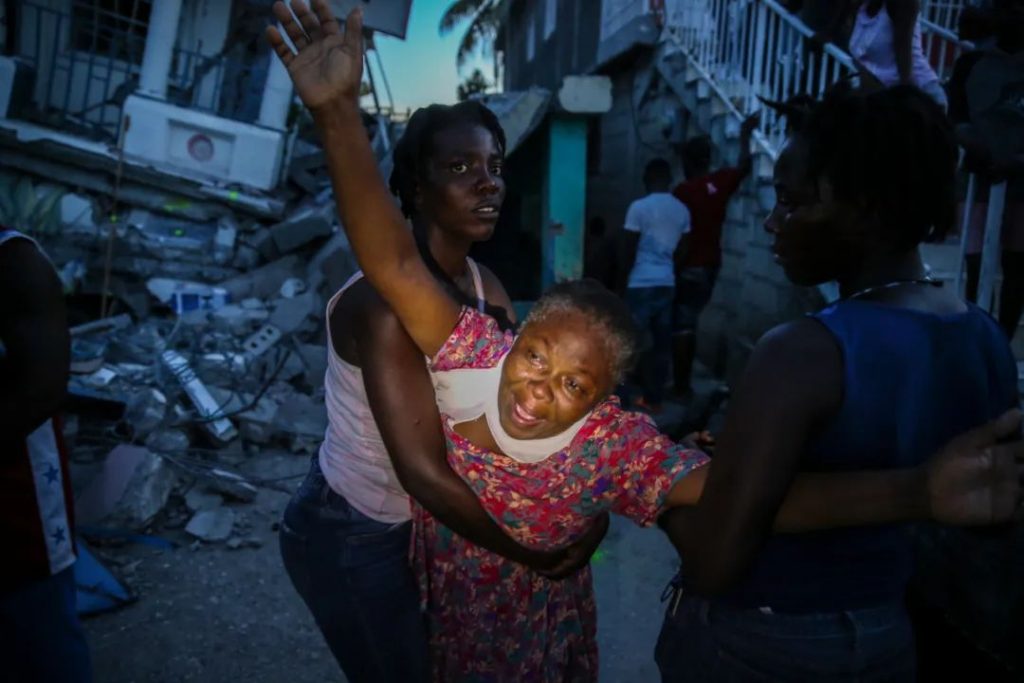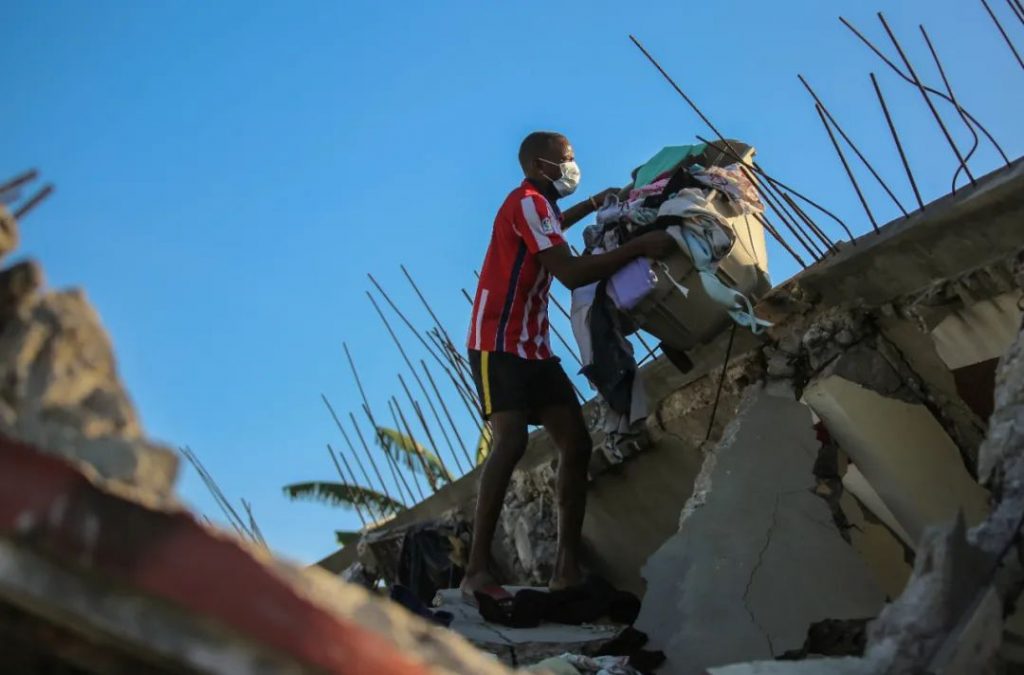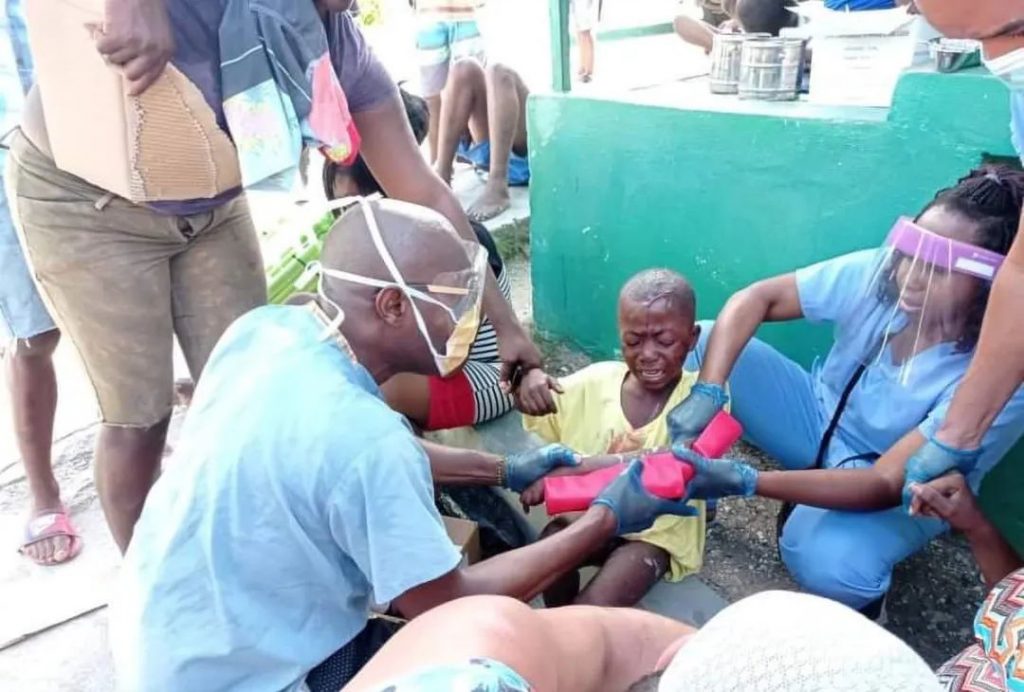The death toll from a 7.2-magnitude earthquake in western Haiti rose to 304, with more than 1,800 injured. Haiti has begun a month-long state of emergency.
According to the U.S. Geological Survey seismic information network, Haiti’s western Province of Nipps local time on the 14th at 7:29 (Beijing time on the 14th at 20:29) a 7.2-magnitude earthquake, the epicenter from the Haitian capital Port-au-Prince about 150 kilometers, the depth of the epicenter of about 10 kilometers. Subsequently, there were several aftershocks in the area.
According to local media reports, after the earthquake, a large number of residents of Port-au-Prince ran into the streets. Earthquakes were felt in the Dominican And Cuban Caribbean countries.


At least 304 people were killed and more than 1,800 injured in the quake, Jerry Chandler, head of Haiti’s civil defense department, said at a news conference. Haiti’s civil defense department said on social media that afternoon that most of the dead were in the worst-hit southwestern region. Rescue efforts are continuing and local hospitals are continuing to treat the injured.
Haitian Prime Minister Haid al-Henri said on social media that he had arrived in the affected areas to direct relief efforts. Henry announced the same day, Haiti began a month-long state of emergency.

After the earthquake, Mexico, Cuba, Dominica and other Latin American countries issued a statement expressing condolences to Haiti. The Cuban government said earthquakes were also felt in eastern and central Cuba, but there were no reports of casualties or property damage. Cuban Foreign Minister Rodriguez said on social media Twitter that Cuban health professionals provided medical assistance to the Haitian people first.
Haiti is located on the northern Caribbean island of Hispaniola, with a population of more than 10 million. On 12 January 2010, a 7.3-magnitude earthquake struck Haiti, killing more than 300,000 people.



